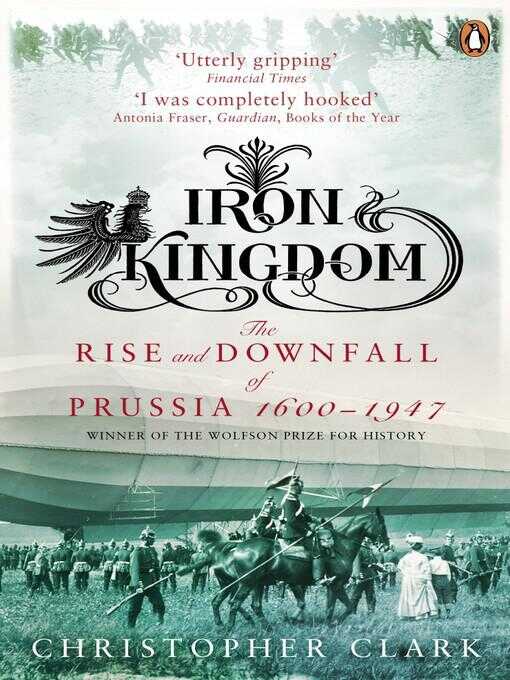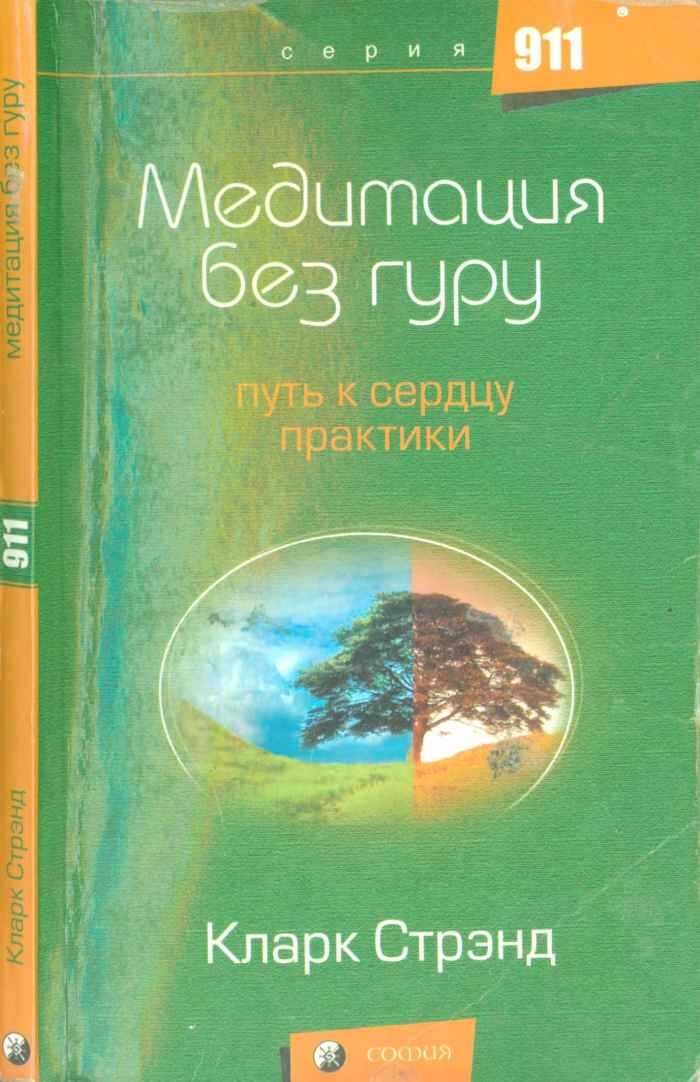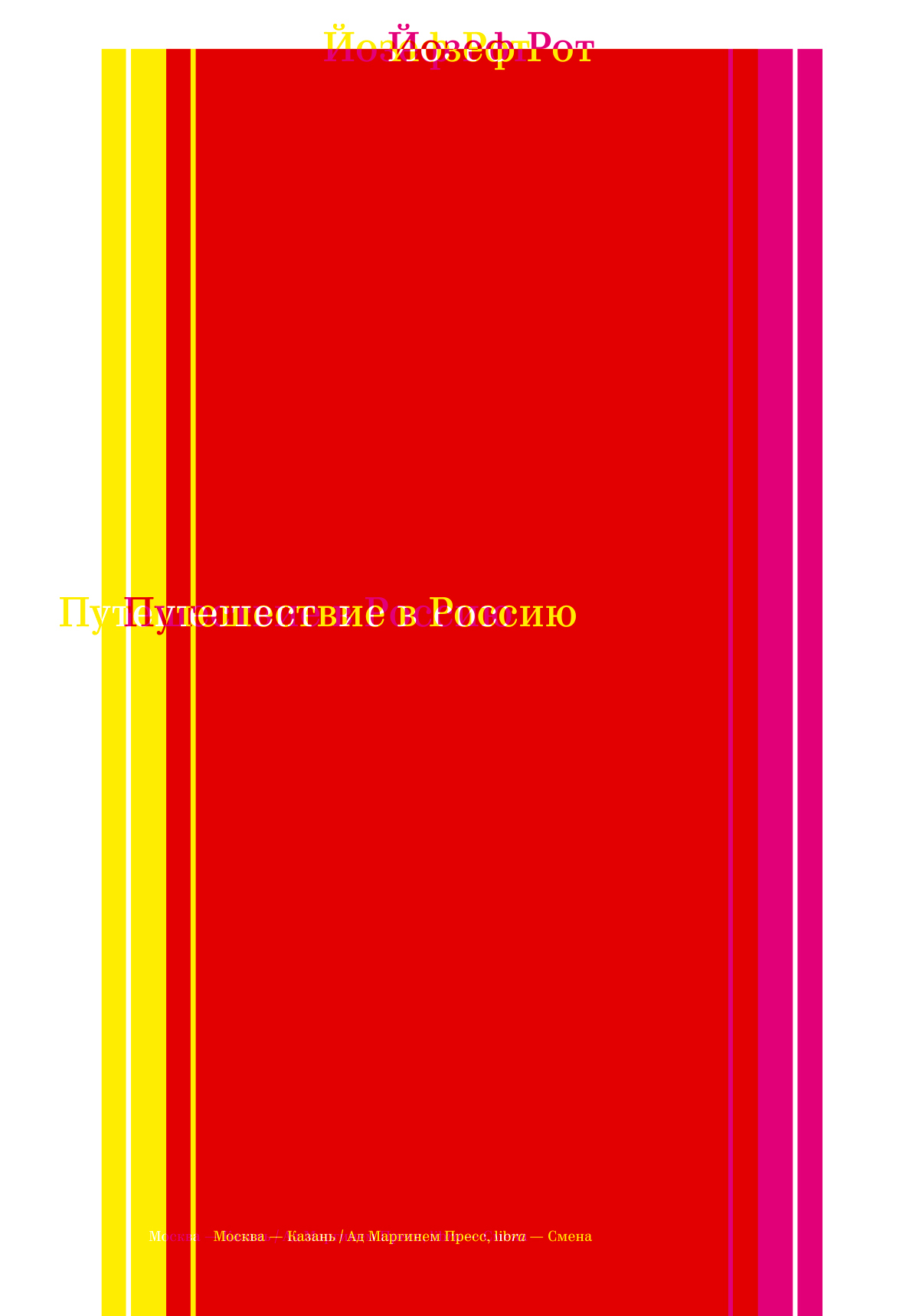Книга Сомнамбулы: Как Европа пришла к войне в 1914 году - Кристофер Кларк
Читать книгу Сомнамбулы: Как Европа пришла к войне в 1914 году - Кристофер Кларк полностью.
Шрифт:
-
+
Интервал:
-
+
Закладка:
Сделать
Перейти на страницу:
Перейти на страницу:
Книги схожие с книгой «Сомнамбулы: Как Европа пришла к войне в 1914 году - Кристофер Кларк» от автора - Кристофер Кларк:
Комментарии и отзывы (0) к книге "Сомнамбулы: Как Европа пришла к войне в 1914 году - Кристофер Кларк"












